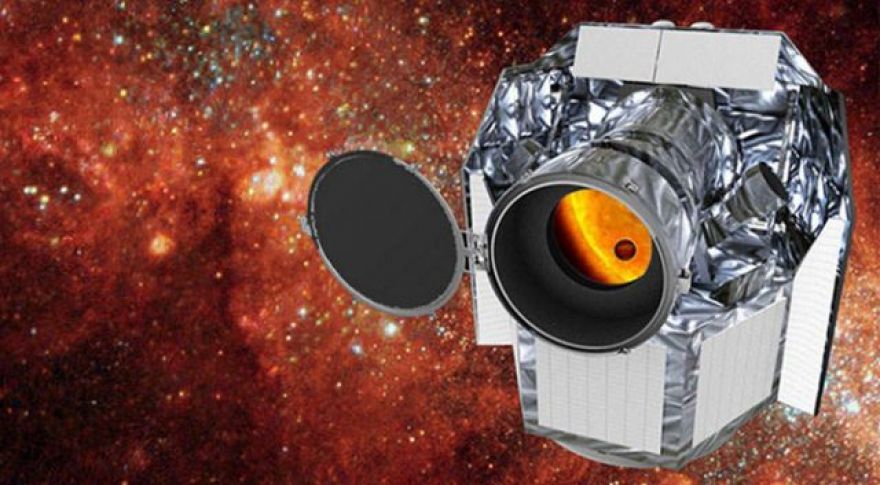
Europe Launches Space Satellite to Search for Habitable Planets
There’s a new space telescope orbiting Earth today, and it has a very specific mission: to assess distant planets for habitability. The CHaracterising ExOPlanet Satellite (CHEOPS) will be the first mission to . That could include small gas giants, super-Earths, and even small rocky planets like Earth and Mars.
CHEOPS is backed by the European Space Agency (ESA) and the Swiss Space Office. It has a Ritchey–Chrétien telescope, which is the same design used in the Hubble and Spitzer space telescopes. However, CHEOPS is smaller than either with an aperture of just 32cm. CHEOPS launched from French Guiana early Wednesday morning after a brief delay.
Missions like Kepler and TESS have pinpointed many potential , but we rarely get more than their location, approximate mass, and orbital characteristics. Scientists can estimate what a world might be like from those features, which is why some objects are described as “potentially Earth-like.” CHEOPS will add important new data points that could help characterize these alien worlds.
CHEOPS has a highly sensitive photometer that can collect data from exoplanets as they pass in front of their home stars. Most known exoplanets transit their stars from our perspective because detecting transits is currently the most effective way to discover them — that’s how Kepler identified thousands of potential exoplanets during its mission. CHEOPS should be able to measure the radius of exoplanets, and we already know the mass for many of them. Put those two together, and you can figure out the density. That could tell us if the super-Earths we’re seeing out there are solid like Earth or small gas giants like Neptune. Perhaps some of them are mostly water. CHEOPS is the first mission that could find out.
The team designed CHEOPS to operate for at least three and a half years. During that time, it will mostly spy on small, potentially Earth-like planets, but the target list is constantly evolving. Scientists may also turn their attention to larger gas giant exoplanets to compare and contrast with potentially habitable worlds. The exoplanets studied by CHEOPS are likely to be prime targets for future study with the James Webb Space Telescope, which will hopefully launch in March 2021.
Now read: